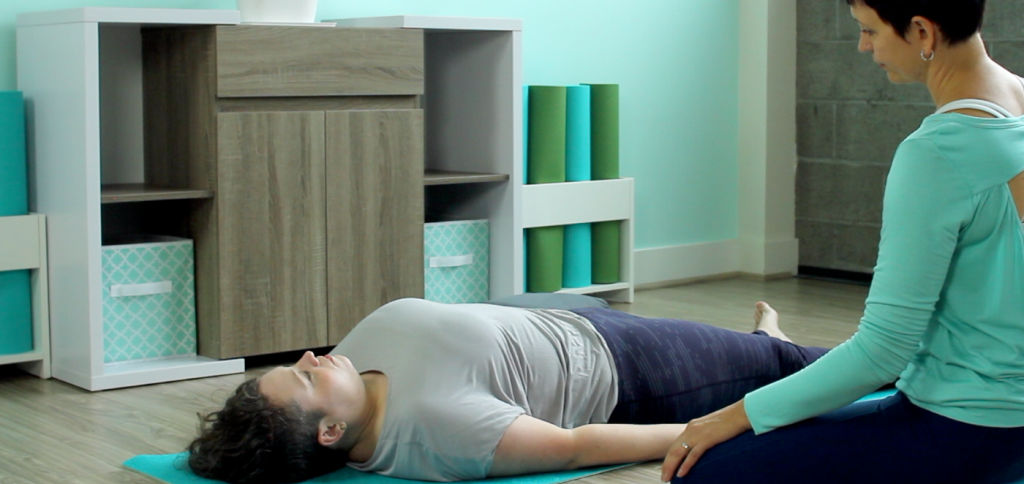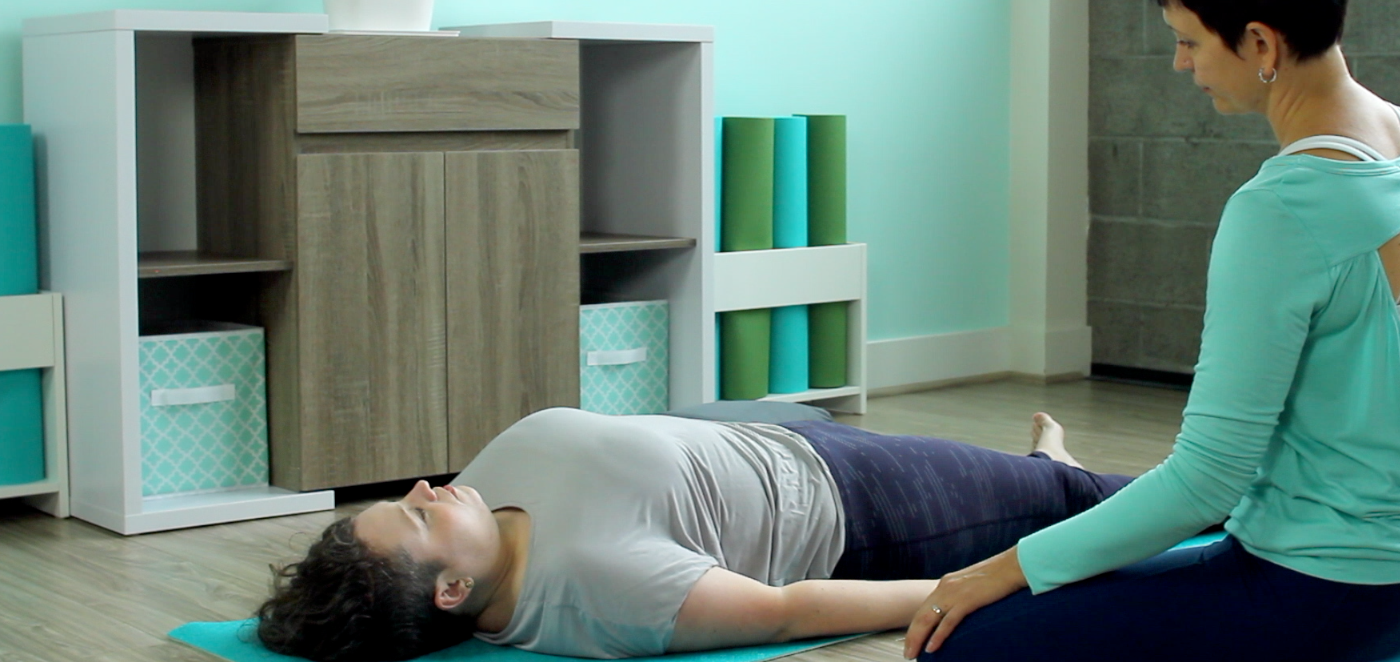Connecting to the vulnerable parts and releasing their burdens into the elements

In a recent yoga therapy session, a student of mine came to a realization that she would no longer be able to do certain yoga poses because of her recent diagnosis. This was difficult to accept, not because of the poses themselves but because of what they signified about her body and its current state. After reflecting on it for a bit, she spontaneously suggested that she would write down the poses she had to let go of, express her gratitude for the benefits and experiences they had given her, and then burn the paper in a symbolic gesture of letting go. This is an excellent example of using ritual to unburden a part of yourself and release the burden into the elements. This is exactly what we are trying to do when we get access to our vulnerable parts.
Once we get past the resistance of our protector parts by finding them, focusing on them, fleshing them out, befriending them, and addressing their fears, we can invite our Self to reach out to the vulnerable part and help to unburden it. IFS therapy outlines the six specific steps to this process that are listed below.
A note of caution: you should not attempt to use those steps with your clients unless you are a certified mental health therapist and/or formally trained in Internal Family Systems Therapy. You need to be experienced and properly equipped to attempt to enter your students’ complex mental landscape. But you might find that some of the techniques you are qualified in and already practice, like meditation or guided visualization, work in similar ways and accomplish similar goals. As yoga therapists, we often use the imagery of the elements (air, water, fire, earth) to facilitate specific physical, physiological, and psychological states. We often take our students on journeys of their sensations and encourage them to explore the meaning behind them. We already teach our students to experience their sensations without judgment and with compassion. Some of the steps below will sound very familiar, but their sequencing will hopefully give you a clear framework of how and why they are expected to work.
Six IFS Therapy steps that invite the Self to reach out to the vulnerable part and help unburden it
Step 1: Witnessing
The reaching out begins with witnessing the exile’s experience that was traumatic or impactful in some other way and meeting it with understanding and compassion. If the exile doesn’t share the experience spontaneously, they can be prompted with questions like: “What does this part want you to know, feel, or sense about what happened?” Richard Schwartz writes: “The memories that arise, which can range from a single episode of shaming, betrayal or terror to chronic abuse, exploitation, and neglect, may surprise the client. Other people may have dismissed the events as irrelevant, not really so bad, or a sign of the child being too sensitive, and protectors may have minimized the memory or pushed it out of the mind entirely. Whatever content the exile shows to the client’s Self, it will have been alarming and painful for the child.” (1) By witnessing this experience compassionately and empathetically, the client’s Self validates the experience without confirming the burdensome beliefs that stemmed from it.
Step 2: Do-over
Sometimes the client would need a do-over of the past. “If an exile is stuck in a traumatic moment in the past, we offer to rescript the past in what we call a do-over. Here the client’s Self (and the therapist’s, too, if the part wants) comes to the past and does for the exile whatever it needed someone to do at the time: for example, restrain the adult, speak up to others, hold the part, or whatever else the part might request. […] After this kind of emotionally corrective rescripting of traumatic moments, the client’s experience of the past seems to change. Although she does not forget what happened, her needs have been validated and the emotional valence of her memory is different.” (1)
Step 3: Retrieval
The factual past cannot be changed, but our view of the past can certainly evolve. That is why it is important to take the exile out of the past, bring them to the present, and connect them with the wise, capable, and mature present Self. “As a result, the exile is able to leave the past and the client stops compulsively seeing and thinking about the past or avoiding it.” (1) This can be accomplished by reviewing the experience from the perspective of the client’s present Self.
Step 4. Unburdening
Once the exile comes to the present, the therapist asks if the exile still carries burdens and, if so, in which parts of the body. Most exiles will have a good idea of where they carry those burdens (as “rocks in the stomach,” “cage around the heart,” “the weight of the world on the shoulders,” “green slime in the throat,” etc.) Then the Self asks if the part is ready to let go of their burdens.
If the parts do not object to releasing the burdens, the therapist can suggest releasing them into the elements. The client might choose to breathe the burden into the air, burn it in the fire, wash it off in the water, bury it in the ground, or send it into space. Answers on what to do and how to release it will come from the client’s Self. The Self knows better than anyone else what needs to happen and what feels right. If the part is not ready to let go of the burden, they can choose to store it away somewhere for a while and bring it back to look at it again later.
Step 5. Invitation
Since burdens take up a lot of room in the client’s body and mind, they end up blocking gifts and other valuable qualities that get suppressed. After unburdening, the parts are encouraged to invite back whatever qualities they need or want. “Without any prompting as to what these might be, parts often speak of qualities that make them feel full, solid, and alive, as well as qualities that make them less vulnerable to being burdened again in the future, such as love, courage, playfulness, and compassion.”(1)
Step 6. Integration
After the exile has been relieved of their burden, other parts are invited to meet it. “Protectors are usually relieved and happy. But since they, too, can be frozen in the past and carry burdens, they can get worried about being discarded now that they are no longer needed in their role. If so, we reassure them once again that they are also valuable and loved, and we invite them to contemplate new roles in the system.” (1)
Richard Schwartz notes that it usually takes about three to four weeks of ongoing checking in and reassuring of protectors for the new patterns of perception to be formed and for the injured part to become firmly connected with the Self.
In yoga therapy, we usually use similar techniques to explore the reasons for the student’s discomfort so that we can work with the source of the problem rather than the symptom. Next time we will feature a template for using a bodily sensation as a “trailhead” to explore the reasons for students’ challenges.

Talking to the body and leading students on a self-exploration journey.
References
- Internal Family Systems Therapy by Richard C. Schwartz and Martha Sweezy (affiliate link)
- Somatic Internal Family Systems Therapy: Awareness, Breath, Resonance, Movement, and Touch in Practice by Susan McConnell (affiliate link)







